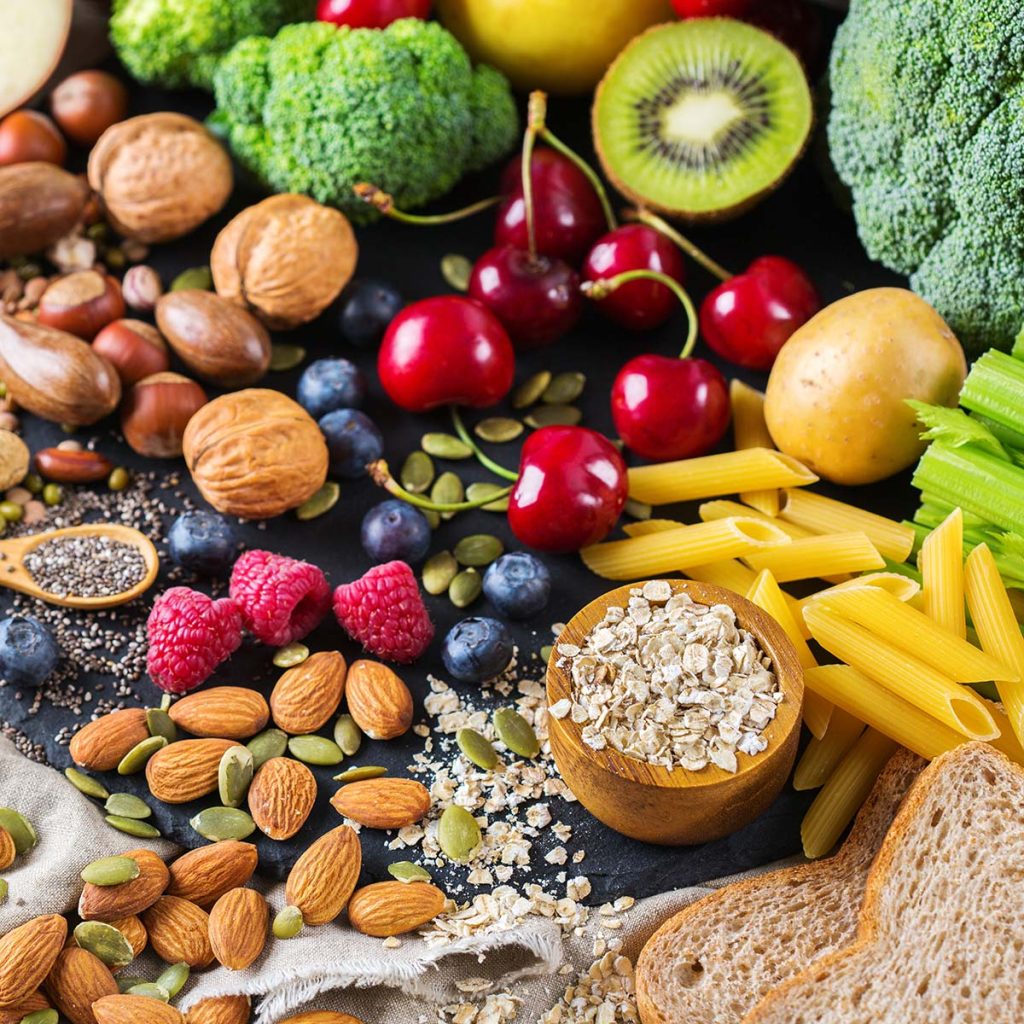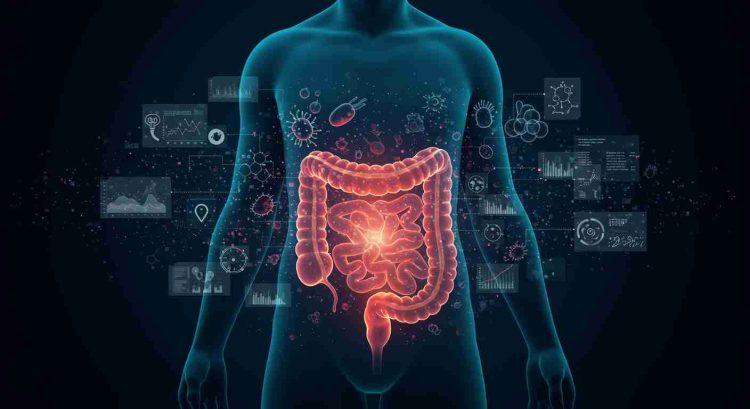Introduction
In recent years, the term “gut health” has gone from scientific jargon to a wellness buzzword—and for good reason. At the heart of this trend is something incredibly complex and deeply influential: your gut microbiome.
The gut microbiome refers to the trillions of microorganisms—including bacteria, fungi, and viruses—that live in your digestive tract. Far from being mere bystanders, these microbes play an active role in:
- Digesting food
- Synthesizing vitamins
- Regulating the immune system
- Supporting brain function and mood
- Protecting against harmful pathogens
The health and balance of your gut microbiome are deeply shaped by your diet. What you eat each day can either nourish your beneficial microbes—or throw them into disarray.
In this article, we explore how diet influences your gut microbiome, signs your microbiome may be out of balance, and what you can do to restore and support it naturally.
What Is a Balanced Gut Microbiome?
A healthy gut microbiome is diverse and stable, meaning it contains a wide variety of beneficial microbial species that coexist in balance.
When this ecosystem is thriving, it supports digestion, reduces inflammation, and promotes resilience against disease. However, when it becomes imbalanced—a state known as dysbiosis—it can contribute to:
- Digestive issues (bloating, gas, constipation, diarrhea)
- Weakened immunity
- Increased inflammation
- Food sensitivities
- Mental health problems (anxiety, depression)
- Weight gain and metabolic issues
So what determines whether your gut microbiome stays balanced or falls into dysbiosis? Diet is one of the most powerful factors.
How Diet Shapes Your Gut Microbiome
1. Fiber: The Foundation of a Healthy Microbiome
Fiber is the primary fuel for your beneficial gut bacteria. Unlike proteins or fats, dietary fiber isn’t digested in the stomach—it reaches the colon intact, where it becomes food for microbes.
When your gut bacteria ferment fiber, they produce short-chain fatty acids (SCFAs) such as butyrate, which:
- Nourish the intestinal lining
- Reduce inflammation
- Support immunity
- Help regulate appetite and metabolism
A diet rich in diverse, plant-based fibers (fruits, vegetables, legumes, whole grains) fosters microbial diversity and prevents harmful species from taking over.
Low-fiber diets, on the other hand, starve your good bacteria and allow inflammatory species to dominate.
2. Processed Foods and Added Sugars
Highly processed foods—those high in refined sugars, additives, preservatives, and unhealthy fats—can disrupt the microbiome in several ways:
- Promote the growth of harmful bacteria and yeast (like Candida)
- Increase gut permeability (“leaky gut”)
- Reduce microbial diversity
- Trigger inflammation in the gut lining
Frequent consumption of sugary snacks, fast food, and artificial sweeteners (especially sucralose and saccharin) has been linked to dysbiosis and impaired glucose metabolism.
3. Excess Animal Protein and Fat
While lean proteins and healthy fats have a place in a balanced diet, diets excessively high in red meat and saturated fat can negatively impact the gut microbiome.
High-fat, low-fiber diets may:
- Reduce beneficial bacteria like Lactobacillus and Bifidobacteria
- Increase Bilophila wadsworthia, a bacterium linked to gut inflammation
- Elevate bile acid levels, which can damage the gut lining and microbiota balance
Balance is key—combining animal proteins with fiber-rich plant foods helps mitigate these effects.
4. Antibiotics and Low-Fiber Recovery Diets
Antibiotics, while life-saving, can wipe out both harmful and beneficial gut bacteria. A poor diet during and after antibiotic use can delay microbiome recovery and lead to long-term imbalance.
Supporting your gut with prebiotic foods and fermented options is especially important after antibiotic use.
5. Artificial Sweeteners
Some artificial sweeteners—especially saccharin, sucralose, and aspartame—have been shown in studies to:
- Disrupt microbial balance
- Alter insulin sensitivity
- Promote inflammation
While more research is needed, it’s wise to use these sweeteners sparingly if gut health is a concern.
Signs Your Diet May Be Disrupting Your Gut Microbiome
If your gut microbiota is imbalanced due to dietary habits, you may notice:
- Chronic bloating or gas
- Irregular bowel movements
- Increased food intolerances
- Frequent infections or immune weakness
- Sugar cravings
- Brain fog or mood swings
- Skin issues (acne, eczema)
- Fatigue despite adequate sleep
These symptoms suggest a need to evaluate both your gut health and dietary choices.
How to Support a Healthy Gut Microbiome Through Diet
1. Eat More Plants (and More Types of Them)
Aim for 30+ different plant foods per week, including:
- Leafy greens
- Berries
- Beans and lentils
- Whole grains
- Nuts and seeds
- Herbs and spices
Diversity in fiber types feeds a broader range of beneficial bacteria.
2. Include Fermented Foods
Fermented foods provide live probiotics that support microbial diversity:
- Yogurt with live cultures
- Kefir
- Sauerkraut
- Kimchi
- Miso
- Tempeh
- Kombucha (unsweetened)
Consume these regularly in small amounts to seed your gut with beneficial strains.
3. Choose Prebiotic Foods
Prebiotics are types of fiber that feed good bacteria. Include:
- Garlic
- Onions
- Leeks
- Asparagus
- Bananas (especially slightly green)
- Oats
- Apples
- Chicory root
They help probiotics thrive and increase SCFA production.

4. Limit Processed and Sugary Foods
Minimize:
- Sugary drinks and snacks
- White bread, crackers, and pastries
- Artificial sweeteners
- Processed meats and fried foods
Focus on whole, minimally processed alternatives instead.
5. Stay Hydrated and Manage Stress
Hydration supports digestion and the gut lining, while chronic stress can alter gut-brain signaling and reduce microbial diversity. Practices like deep breathing, regular movement, and quality sleep all support gut health.
Conclusion
The health of your gut microbiome is not just a reflection of your digestive system—it’s a window into your overall well-being, affecting everything from immunity to mental clarity.
While many factors shape the gut microbiome, your daily diet is the most direct and powerful influence. A diet high in fiber, variety, and fermented foods nourishes your gut ecosystem, while a diet high in processed, sugary, or low-fiber foods can throw it out of balance.
So ask yourself: Is your diet feeding your beneficial microbes—or starving them?
Making even small, consistent improvements to your eating habits can help restore gut harmony—and with it, better digestion, energy, mood, and long-term health.

















































